
India's real estate market is booming, driven by factors like changing consumer preferences, government policies, and technological advancements. The market is expected to reach $1 trillion by 2030.
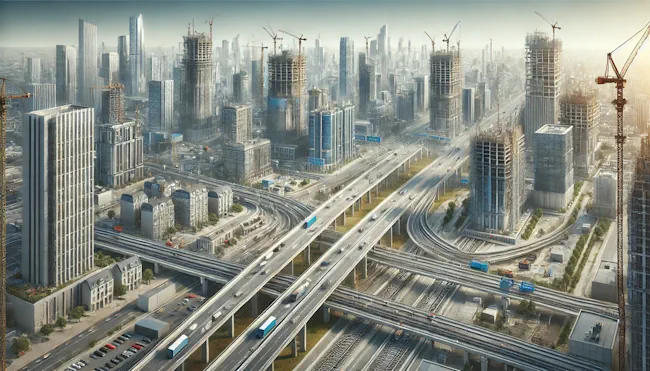
Uttar Pradesh has emerged as the second-largest economy in India, aiming for a $1 trillion GDP by 2027, thanks to Chief Minister Yogi Adityanath's initiatives.

During a visit to India, British PM David Cameron pledged UK government funding for the Mumbai-Bangalore corridor project, foreseeing significant economic benefits and job creation.

Delayed clearances for new buildings are hiking property prices in India by up to 40%, according to the Economic Survey 2013. This issue, along with higher land prices and stamp duty charges, poses challenges for the real estate sector.
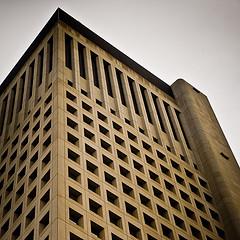
Indian real estate players anticipate the Finance Minister's budget to lower construction finance costs, boost the sector, enable affordable housing, and expedite project clearances.
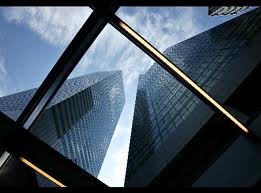
India's booming service sector fuels demand for commercial real estate, particularly in major cities. Despite economic slowdowns, IT, BFSI, and other service industries show strong growth, driving office space absorption to new heights.
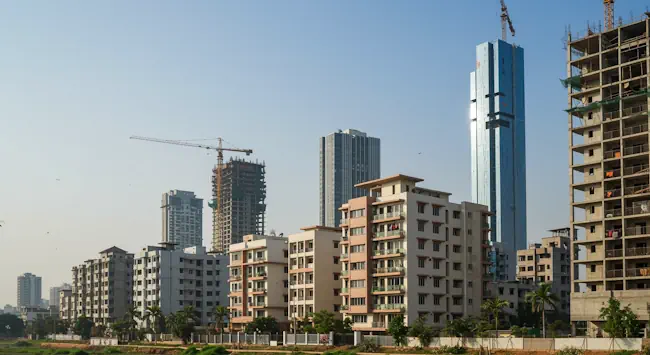
PwC stated at a conference that due to the global financial crisis, emerging markets' GDP may exceed advanced economies' sooner than anticipated, requiring real estate investors to adapt.

Despite a slowdown in GDP, office space absorption in India remained consistent in 2011-12. However, the outlook for 2012-13 appears challenging for developers.
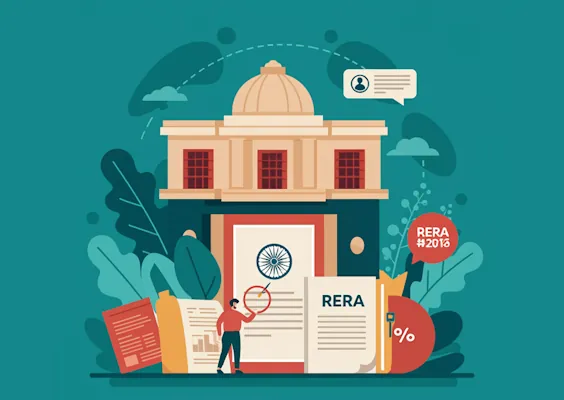
Economic Survey acknowledges services sector significance but raises concerns, suggesting phased FDI retail approach in metros, potentially with a lower cap.

India's housing sector's GDP contribution is projected to rise from 5% to 6% due to increased investment, but the 2012-13 Budget lacks substantial support for the real estate industry's growth.

Indian real estate is experiencing a resurgence due to increased construction, especially in affordable housing, and record-low home loan rates. This has led to renewed optimism among consumers, particularly in Tier II and Tier III cities.

India's FDI inflows reached $41.5 billion last year, a significant rise from previous decades. Outward investments also increased substantially.

Foreign developers target Indian High Net Worth Individuals (HNIs) as India's economy is projected to be the world's third largest by 2050, leading to a rise in wealthy individuals.